
Which Is The Best Periodic Table Building Blocks Good Home Gadgets
The length of each period is determined by the number of electrons that are capable of occupying the sublevels that fill during that period, as seen in the table below. Period. Number of Elements in Period. Sublevels in Order of Fill. Table 6.8.1 6.8. 1: Period Length and Sublevels in the Periodic Table.
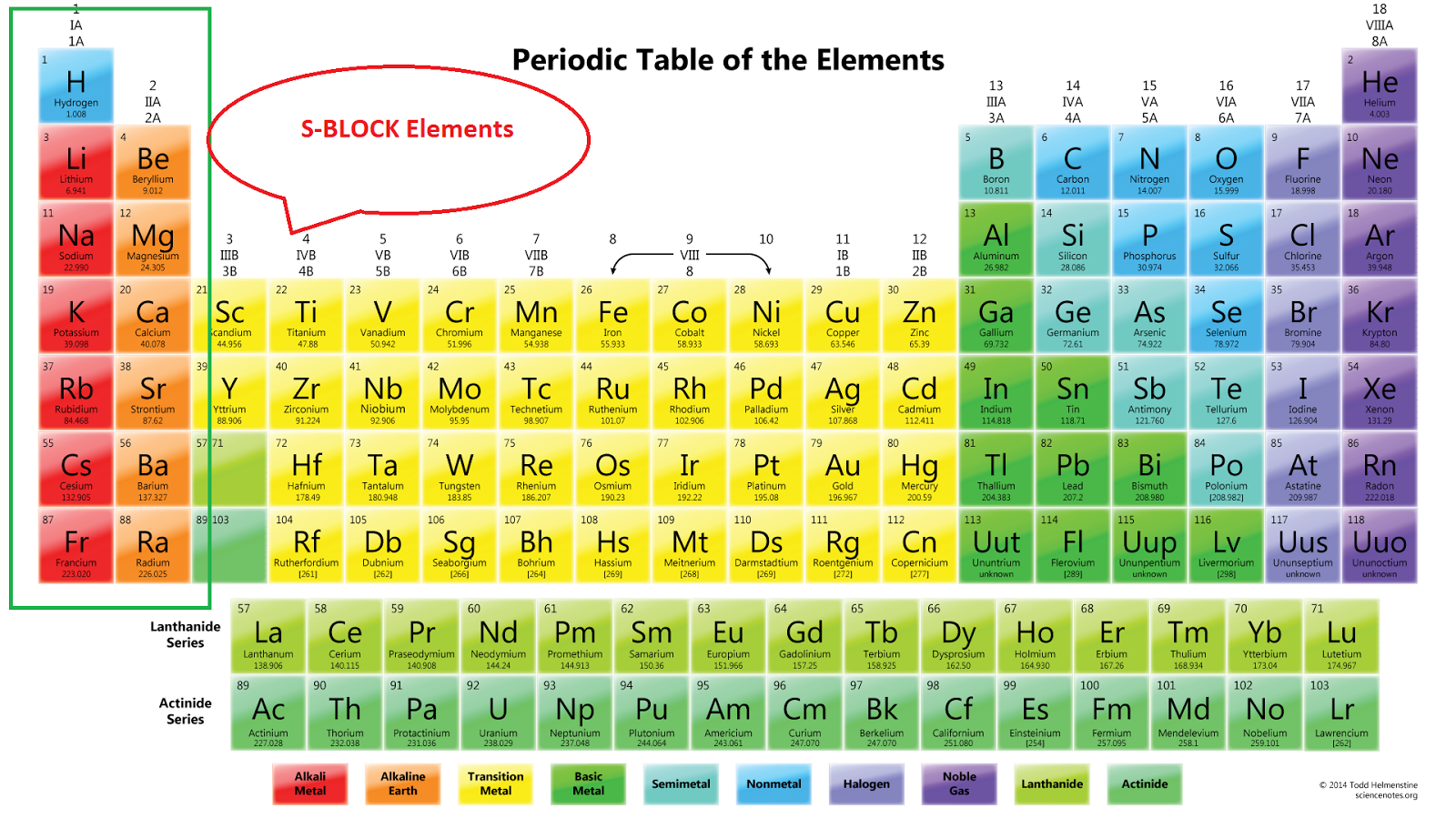
SBlock Elements All you need to about the first block elements.
A block of the periodic table is a set of elements unified by the atomic orbitals their valence electrons or vacancies lie in. The term seems to have been first used by Charles Janet. Each block is named after its characteristic orbital: s-block, p-block, d-block, f-block and g-block. Blocks s, f, d, and p in the periodic table

8.5 Electronic Structure and the Periodic Table Chemistry LibreTexts
Category Chemistry Portal v t e The periodic table, also known as the periodic table of the elements, arranges the chemical elements into rows ("periods") and columns ("groups"). It is an icon of chemistry and is widely used in physics and other sciences.

periodic table of the elements paperzip periodic table of elements hd KristinaxyCouch75b
Sn is located in the second column of the p block, so we expect that its electron configuration would end in p 2. Tin's electron configuration is [Kr]5 s 2 4 d 10 5 p 2. From the element's position on the periodic table, predict the valence shell electron configuration for each atom. Figure 14.3.11 14.3.

Periodic Table Blocks of Elements
Periodic table blocks are sets of elements grouped by their valence electron orbitals. The four block names are s-block, p-block, d-block, and f-block. Should a new element be discovered, it will be in g-block. Each block indicates which electron sublevel is in the process of being filled.

Periodic Table Blocks bitte
Blocks of the Periodic Table: s-block, p-block, d-block, f-block Home Chemistry Blocks of The Periodic Table Types of Elements in Periodic Table: Metals, Metalloids, Non-Metals, Halogens and Noble Gases Last updated on May 15, 2023 Download as PDF Overview Test Series

Periodic table Chemistry Made Easy
The periodic table of the elements, shown in Figure 2.4, is a chart identifying the 92 elements found in nature, as well as several larger, unstable elements discovered experimentally. The elements are arranged in order of their atomic number, with hydrogen and helium at the top of the table, and the more massive elements below.
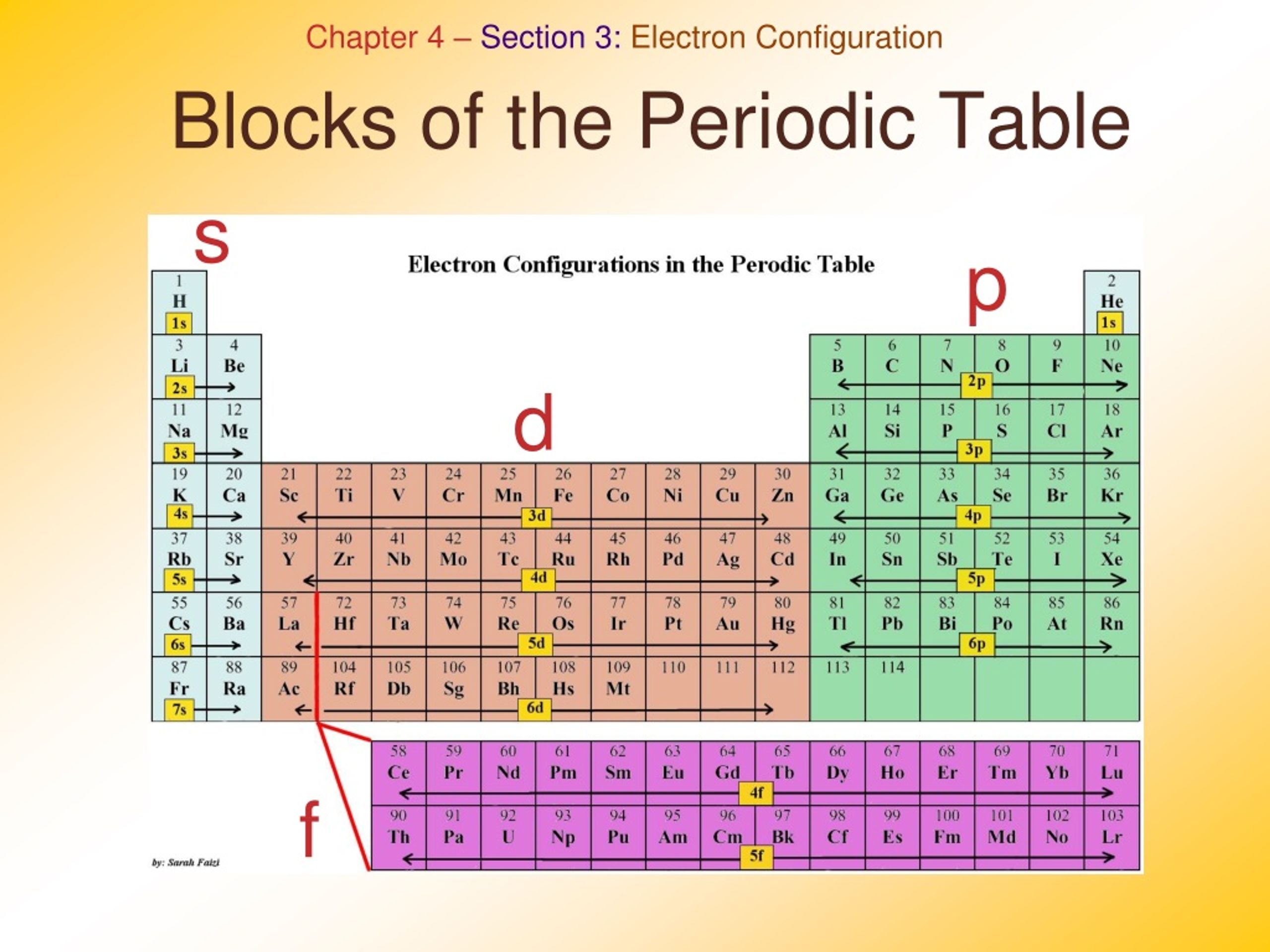
Periodic Table Blocks S P D F Periodic Table Timeline
HowStuffWorks. Each block of the periodic table houses an element, along with a few standard facts about that element: Atomic number: integer equal to the number of protons or electrons in the element. Gold's atomic number is 79. Element symbol: one or two letters. In the case of two letters, the first one is always capitalized.
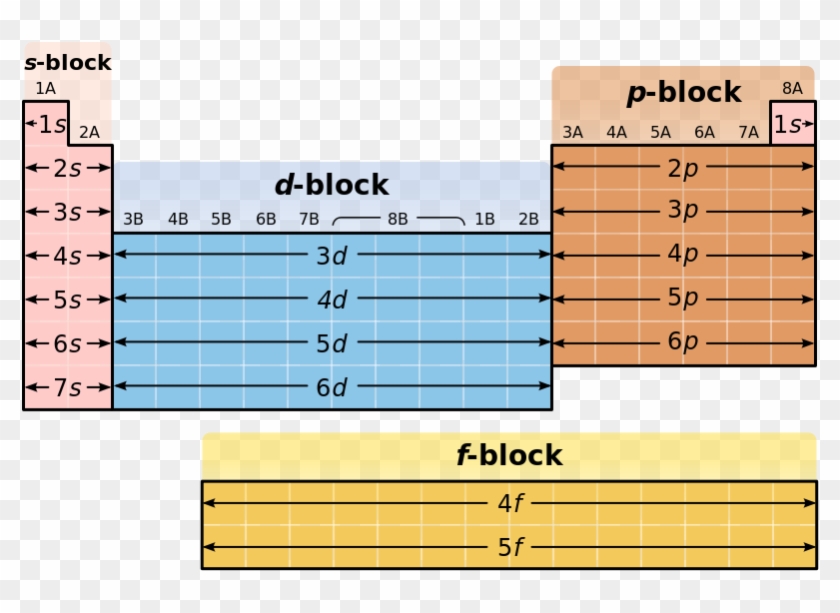
Online Periodic Table Blocks S Block Periodic Table, HD Png Download 801x533(1434747) PngFind
An element block is a set of elements located in adjacent element groups. Charles Janet first applied the term (in French). The block names (s, p, d, f) originated from descriptions of spectroscopic lines of atomic orbitals: sharp, principal, diffuse, and fundamental.
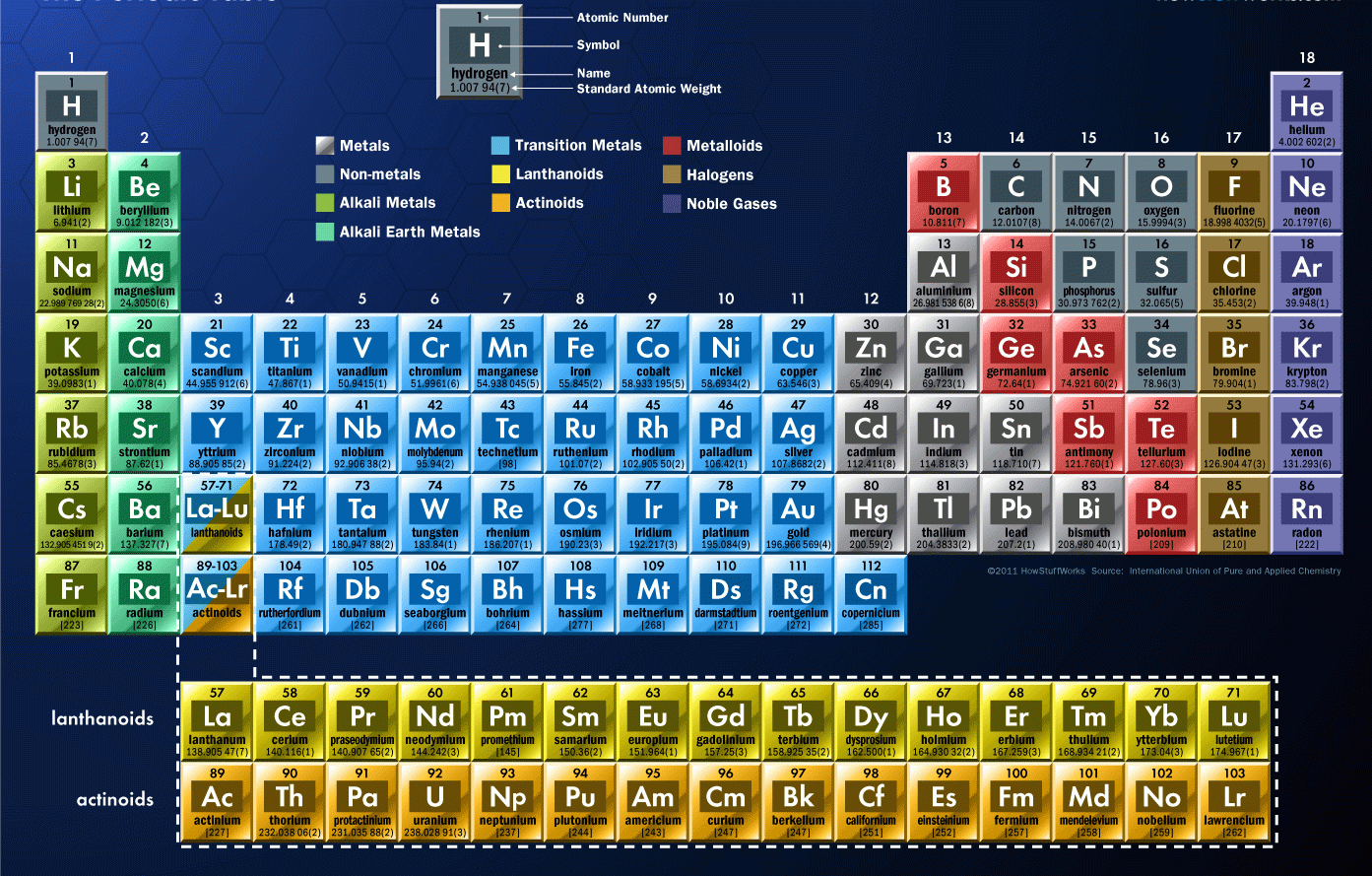
Periodic Table Blocks Image Oppidan Library
The electron configurations of the elements are in Figure 6.9.2. Because each orbital can have a maximum of 2 electrons, there are 2 columns in the s block, 6 columns in the p block, 10 columns in the d block, and 14 columns in the f block. Hydrogen and helium are placed somewhat arbitrarily. Although hydrogen is not an alkali metal, its 1 s1.

FileSimple Periodic Table Chartblocks.svg Wikimedia Commons
Unit Plan: The Periodic Table. This unit plan from the American Association of Chemistry Teachers has everything you need to put together a unit plan for your classroom: lessons, activities, labs, projects, videos, simulations, and animations. We constructed a unit plan using AACT resources that is designed to teach the Periodic Table to your.

These Daily Uses of pblock Elements will Surprise You askIITians Blog One place for all
Group 14 is the 4 th column in the main group, or "A-Block," columns of the periodic table and so is labeled as Group 4A. Cd (cadmium) is located in the 12 th column of the periodic table. In the "1-18 System," this column is labeled as Group 12. Bromine (Br) is located in the 17 th column of the periodic table.

Periodic Table Blocks Element Explained Simple Way
Periodic Table of Elements TABLE LIST W/PROPERTIES GAME Display Property/Trend 17 Cl Chlorine halogen Plot Atomic Mass 1 H Hydrogen nonmetal 2 He Helium noble gas 3 Li Lithium alkali metal 4 Be Beryllium alkaline earth metal 5 B Boron metalloid 6 C Carbon nonmetal 7 N Nitrogen nonmetal 8
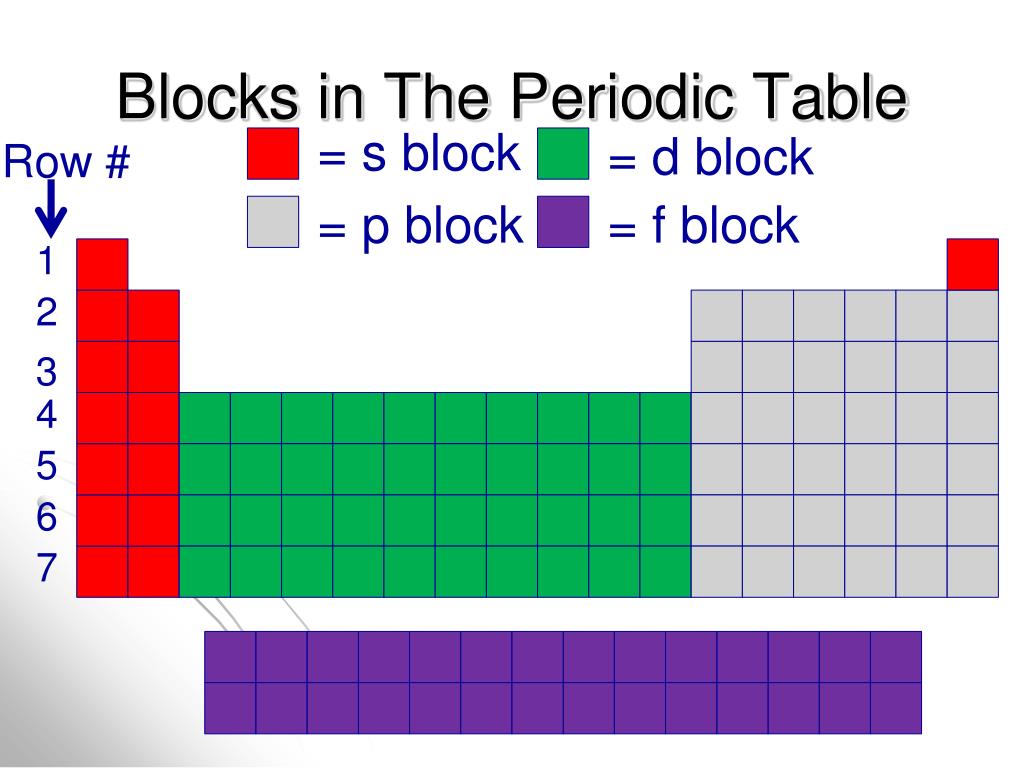
PPT Blocks in The Periodic Table PowerPoint Presentation, free download ID2061175
A block on the periodic table is a group of elements that all have their electrons in the same atomic orbital. There are four blocks, s-, d-, f, and p-. [1] The word "block" was first used to describe this by Charles Janet. [2] Blocks p-block The p-block is on the right side of the periodic table. Elements from groups 13-18 are in the p-block.
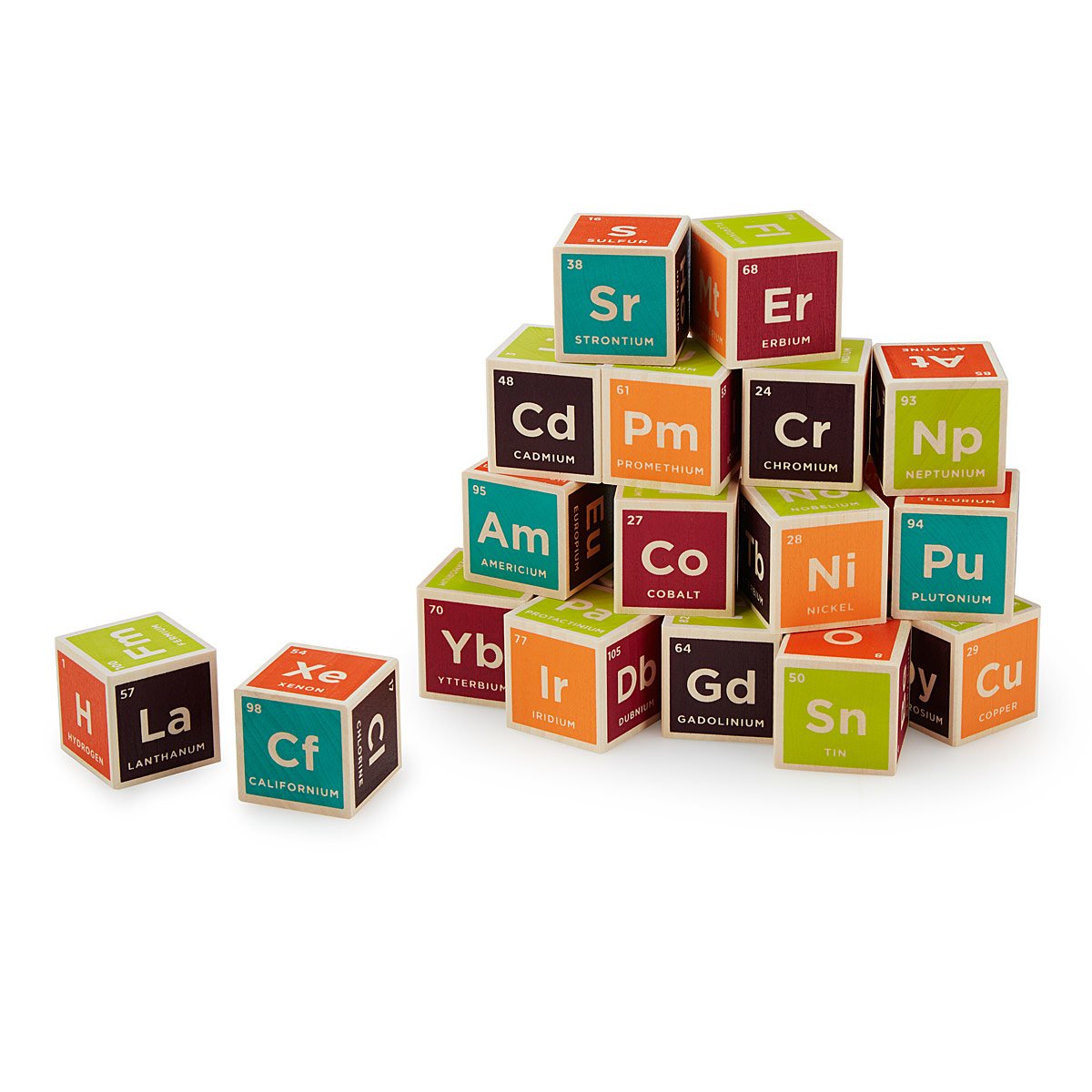
Periodic Table Building Blocks Toy Blocks, Element Blocks, Science Toys, Science Building
A g-block, with azimuthal quantum number 4, is predicted to begin in the vicinity of element 121. Though g-orbitals are not expected to start filling in the ground state until around element 124-126 (see extended periodic table), they are likely already low enough in energy to start participating chemically in element 121, similar to the situation of the 4f and 5f orbitals.
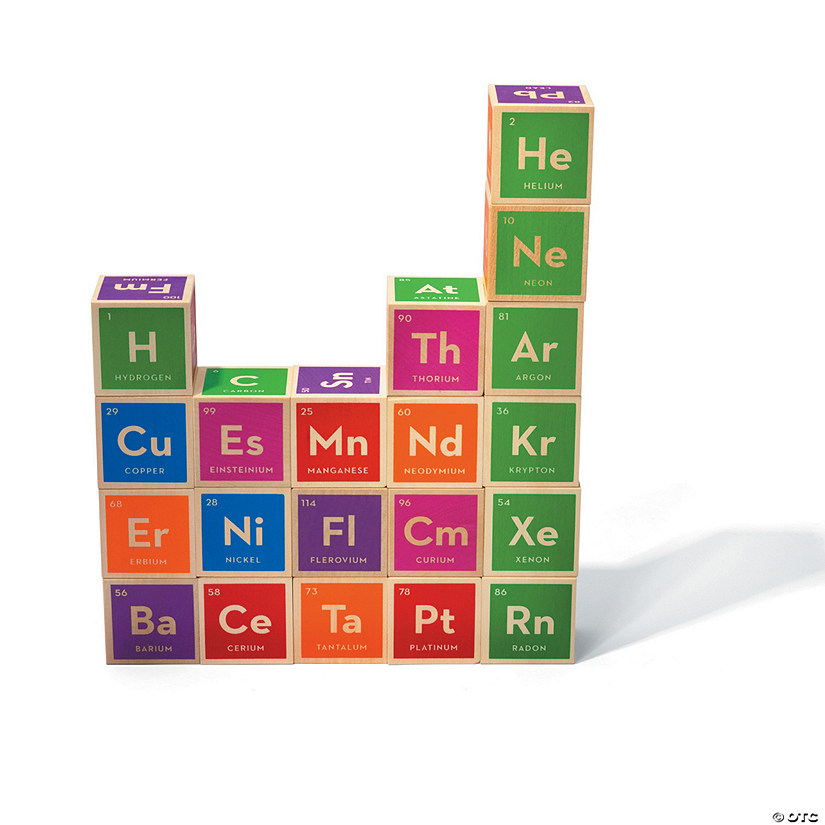
Periodic Table Blocks Discontinued
Classification of elements into groups The six noble gases—helium, neon, argon, krypton, xenon, and radon—occur at the ends of the six completed periods and constitute the Group 18 (0) group of the periodic system. It is customary to refer to horizontal series of elements in the table as periods and vertical series as groups.